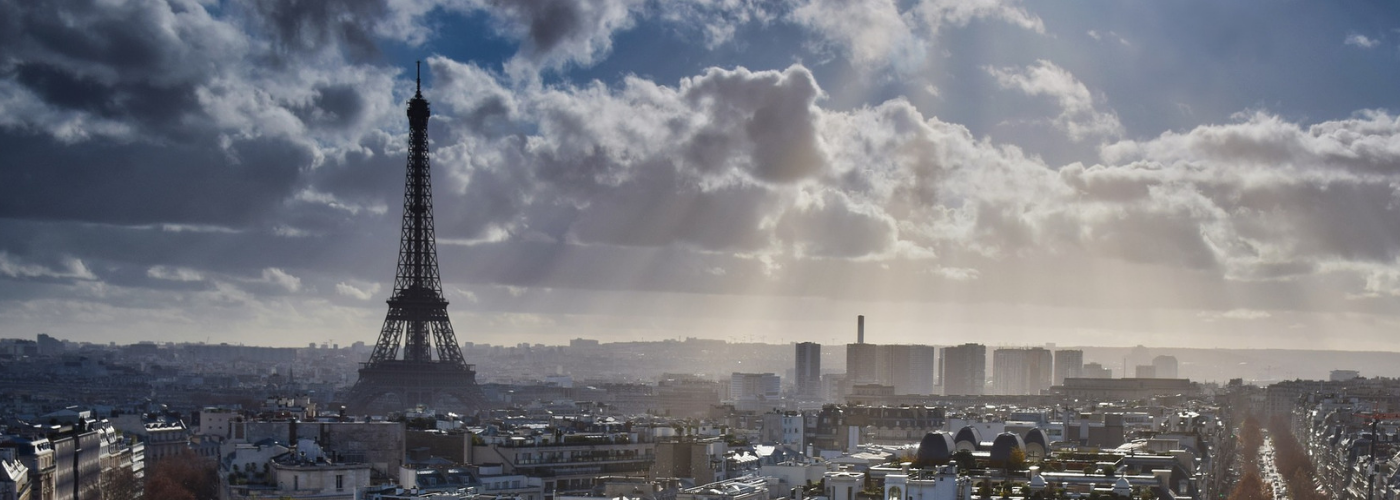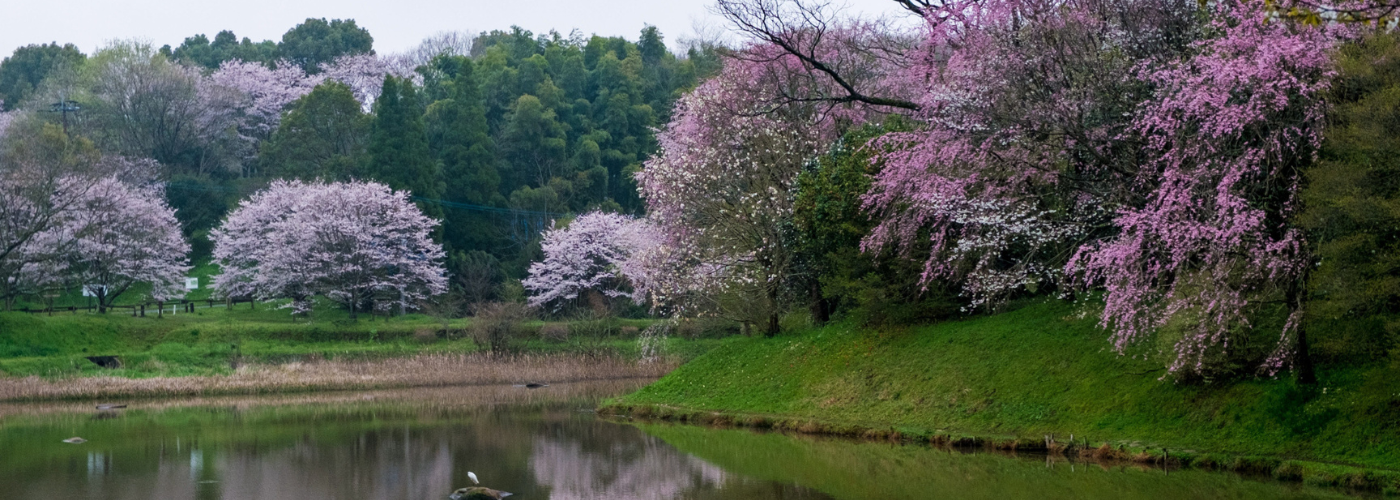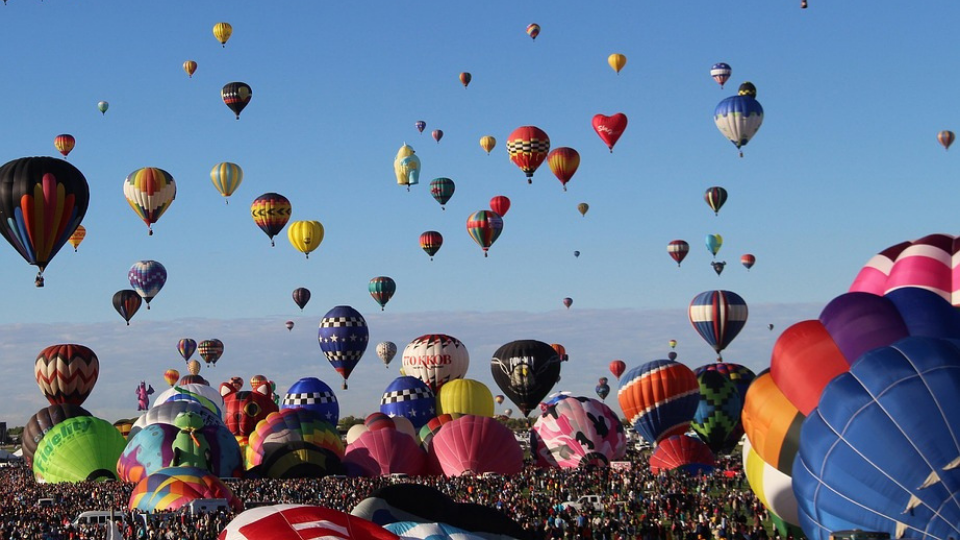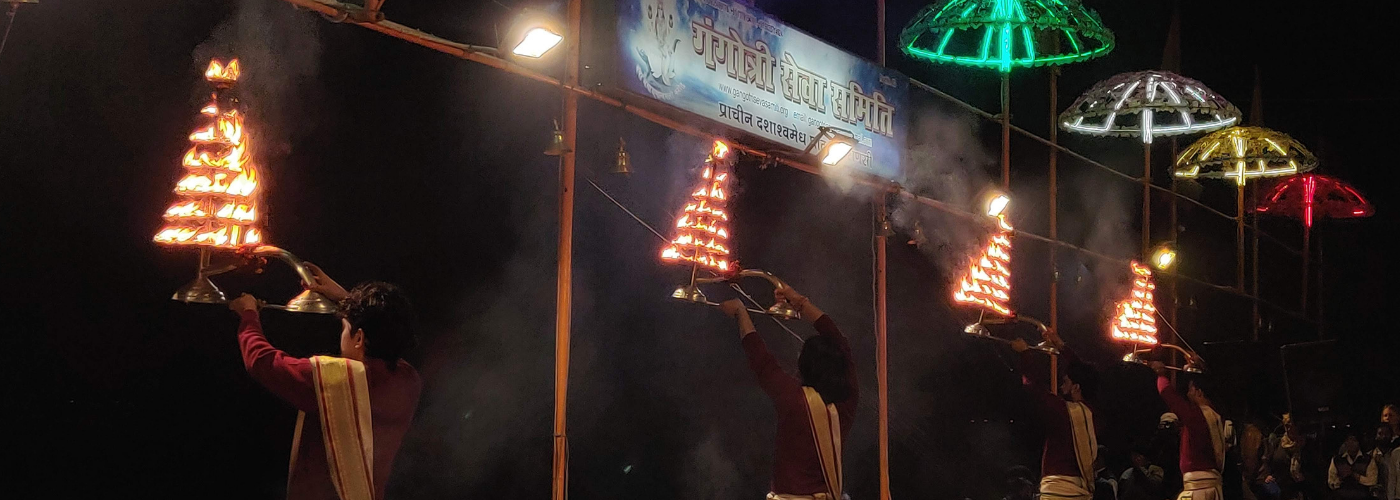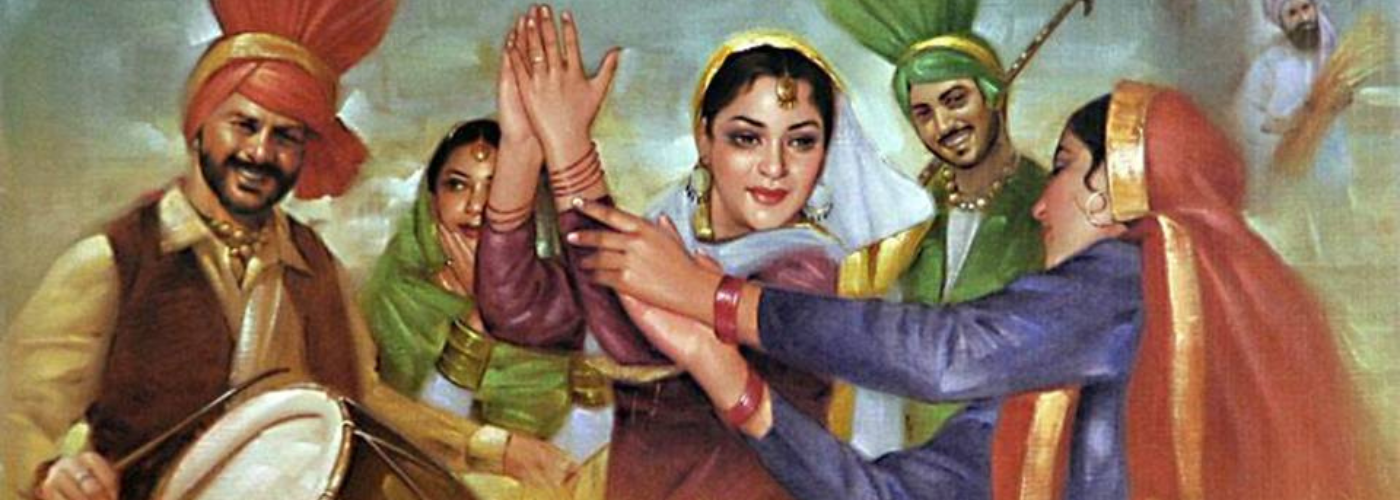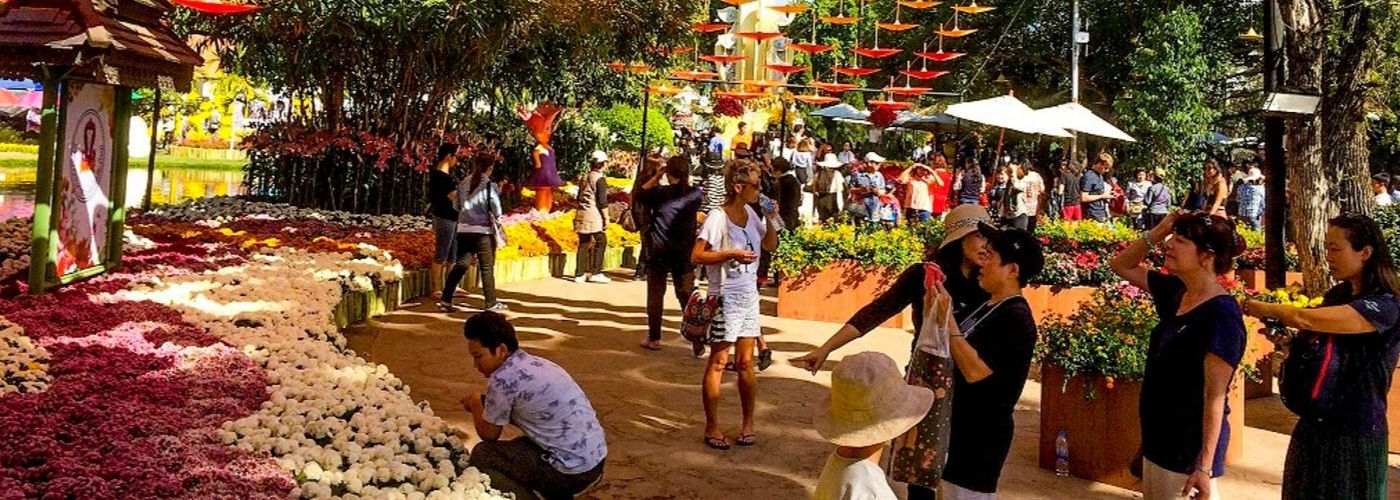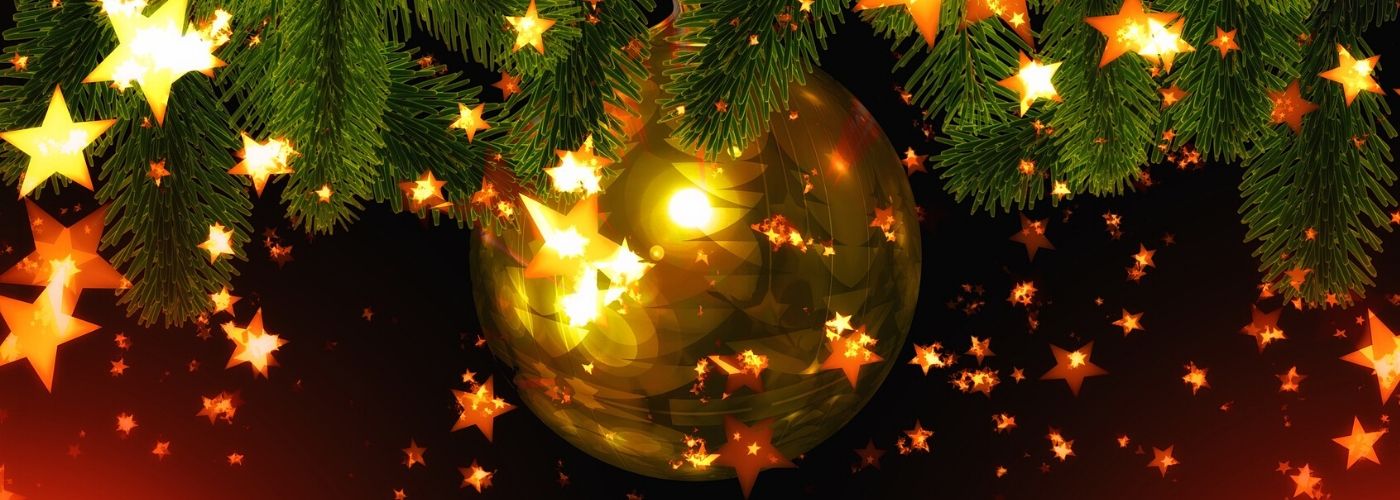“Day of the Dead,” or “Día de los Muertos,” is a colorful and meaningful tradition in Mexico. It happens every year on November 1st and 2nd, which are the same days as two important Catholic holidays called All Saints’ Day and All Souls’ Day. During Day of the Dead, families and communities come together to remember and pay tribute to their loved ones who have passed away. They celebrate their lives and offer spiritual support for their journey in the afterlife. In this article, we will explain why Day of the Dead is celebrated, its cultural importance, and other important facts about it.
Day of the Dead: Origins and Beliefs
The origins of the Day of the Dead can be traced back to pre-Columbian traditions and beliefs of indigenous cultures, such as the Aztec, Maya, and Toltec civilizations. These ancient civilizations revered death as a natural part of life and believed that the spirits of their ancestors would return during this time. The arrival of Spanish colonizers in the 16th century brought the blending of indigenous customs with Catholic traditions, resulting in the unique celebration we know today.
During the Day of the Dead, families create ofrendas (altars) in their homes and cemeteries, adorned with photographs, candles, flowers (especially marigolds), food, and mementos that were loved by the deceased. The ofrendas are designed to welcome the spirits back to the earthly realm and to provide them with their favorite foods and drinks. It is believed that the aroma and essence of these offerings guide the spirits, enabling them to find their way home.
Families often spend time cleaning and decorating the gravesites of their loved ones They transform cemeteries into colorful and festive spaces. They also engage in lively conversations, share stories, sing songs, and pray for their departed relatives. It is a time of remembrance and reflection, as well as a celebration of life and the continuation of family bonds beyond death.
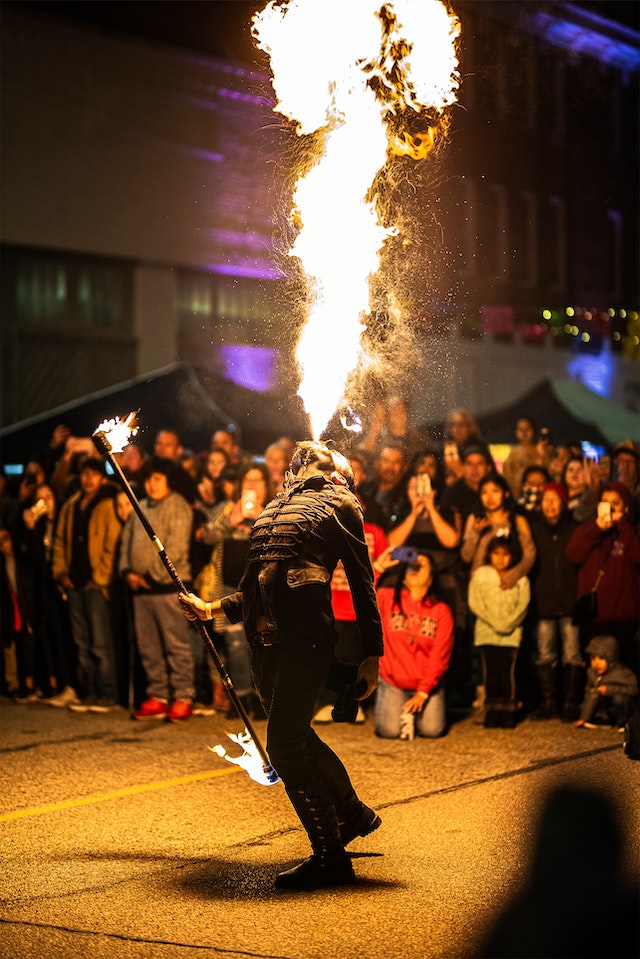
Foods To Try For Day Of The Dead
Food plays a central role in the Day of the Dead festivities, with specific culinary traditions associated with the holiday. Some popular foods include:
Pan de Muerto (Bread of the Dead): This sweet, round loaf of bread is decorated with bone-shaped pieces on top, representing the deceased. It is often flavored with orange blossom water or anise and enjoyed as a treat during the celebrations.
Calaveras de Azúcar (Sugar Skulls): These intricately designed sugar skulls are colorful and decorated with icing, beads, and glitter. They serve as both edible offerings and decorative items, representing the departed souls.
Tamales: During the Day of the Dead, people often prepare and share tasty corn dough pockets. These pockets are filled with different things like meat, cheese, or veggies. They are a symbol of togetherness and are usually enjoyed with family and friends.
Atole: This warm and comforting corn-based drink is flavored with cinnamon, vanilla, or chocolate. It is a traditional beverage served during the celebrations, especially when visiting the gravesites.
Mole: Mole is a tasty sauce made with things like chili peppers, chocolate, and spices. It’s full of rich flavors. People often make mole for special celebrations, like Day of the Dead. They use it to make dishes like chicken or tamales extra delicious.
These food offerings are believed to nourish the spirits during their visit and are later shared among the living as a way to remember and honor the departed.
Regional Variations of Day of the Dead
While Day of the Dead is celebrated throughout Mexico, there are regional variations in customs and traditions. For instance, in the state of Michoacán, families build intricate arches called “arcos de muertos,” while in the Yucatán Peninsula, it is known as “Hanal Pixán” and incorporates Mayan traditions.
Contemporary Significance
Day of the Dead has not only survived but thrived as a cultural tradition, partly due to its global popularity. The holiday has also gained recognition by UNESCO as an Intangible Cultural Heritage of Humanity. Day of the Dead, or Día de los Muertos, is a deeply rooted Mexican tradition, but it exhibits regional variations throughout Mexico. These differences in customs and practices make the celebration even more diverse and rich. Here are some of the regional variations of Day of the Dead:
- Mixquic, Mexico City: In this area of Mexico City, people participate in a unique tradition known as the “Alumbrada.” Families light thousands of candles along the streets, in their homes, and at the local cemetery to guide the spirits of the deceased.
- Janitzio, Michoacán: In the state of Michoacán, the celebration includes the tradition of “Noche de Muertos” (Night of the Dead). Families gather at the cemetery, where they clean and decorate the graves, light candles, and spend the night with their deceased loved ones.
- Oaxaca: Oaxaca is known for its elaborate and colorful sand tapestries, called “alfombras,” created in the streets. These intricate designs made from colored sawdust, flowers, and other materials are meant to welcome the spirits. Additionally, in Oaxaca, you can find the tradition of “comparsas,” which are parades featuring people in costumes and masks.
- Pátzcuaro, Michoacán: Pátzcuaro is famous for its “Noche de Ánimas” (Night of the Souls) celebration. Families create ofrendas in their homes, and the main square becomes the focal point for communal gatherings. The island of Janitzio in Lake Pátzcuaro also has a unique tradition of boat processions with candles to honor the deceased.
- Yucatán Peninsula: In the Yucatán, Day of the Dead is known as “Hanal Pixán,” which translates to “Food of the Souls.” It has strong Mayan influences and includes the use of unique foods like mucbipollo, a type of tamale, and xec, a traditional Mayan salad.
- Guerrero: In the coastal state of Guerrero, you can find the “Velación de la Cruz” (Veneration of the Cross) celebration, which combines indigenous and Spanish influences. This includes rituals around crosses, flower decorations, and the creation of altars in homes and cemeteries.
- Hidalgo: In the state of Hidalgo, the “Xantolo” celebration takes place, blending indigenous Otomi traditions with Catholicism. People wear colorful masks and dance to celebrate the return of the souls.
- Chiapas: In Chiapas, the indigenous Tsotsil Mayans have their own unique Day of the Dead traditions. They visit the graves of the deceased and bring offerings of food, often including items like atole (a hot drink) and handmade tortillas.
In recent years, the Day of the Dead has seen a resurgence in Mexico and has also influenced pop culture, particularly in the realms of art, fashion, and entertainment, thanks to its vibrant aesthetics and profound symbolism.
Things to Know About Día de los Muertos in Mexico
Here are some important things to know about the Day of the Dead (Día de los Muertos) to gain a better understanding of this cultural celebration:
- Date: People celebrate the Day of the Dead on November 1st and 2nd. These dates match up with special Catholic days called All Saints’ Day and All Souls’ Day.
- Origin: The tradition has deep indigenous roots, particularly with the Aztecs and Mayans, and has evolved over centuries through a fusion with Catholicism brought by Spanish colonizers.
- Honoring the Deceased: The holiday is a way to remember and honor deceased family members and friends. It is a celebration of their lives and a belief that the spirits of the departed return to the world of the living during this time.
- Ofrendas: Families make special altars at home with pictures of loved ones who have passed away. They decorate these altars with candles, colorful flowers, sweet sugar skulls, the deceased’s favorite foods, and things that remind them of those who’ve gone. These items are like a warm welcome for the spirits of their loved ones who come to visit during this time.
- Sugar Skulls and Calacas: Sugar skulls (calaveras de azúcar) are intricately decorated and often personalized with the names of the deceased. Calacas are skeleton and skull figures that symbolize the cycle of life and death.
- Marigold Flowers: Marigolds (cempasúchil) are the traditional flower of the dead and are used to guide the spirits to the ofrendas with their bright colors and distinctive fragrance.
- Cemetery Visits: Families visit cemeteries to clean and decorate the graves of their loved ones. It’s a communal event filled with music, food, and remembrance.
- Pan de Muerto: Pan de Muerto, or “bread of the dead,” is a sweet bread traditionally baked and enjoyed during the holiday. It is often adorned with decorative bone-shaped designs.
- Face Painting: Many people, especially children, paint their faces to resemble skulls or calacas. This practice represents the blending of life and death and is a way to embrace the cycle of life.
- Regional Variations: Different regions of Mexico have their own unique customs and traditions associated with Day of the Dead, adding diversity and depth to the celebration.
- UNESCO Recognition: In 2008, UNESCO recognized Day of the Dead as an Intangible Cultural Heritage of Humanity, acknowledging its significance as a cultural tradition.
- Modern Interpretations: In addition to its traditional aspects, Day of the Dead has found its way into contemporary art, fashion, and popular culture. Its vibrant imagery and symbolism have inspired artists and creators worldwide.
- Not Halloween: While Day of the Dead shares some similarities with Halloween, it is distinct in its purpose and cultural significance. It is a celebration of life and a way to remember and connect with the deceased rather than a holiday focused on fear and the supernatural.
- Family-Centric: Day of the Dead is a deeply family-centered tradition, emphasizing the importance of family bonds and the continuity of life through generations.
- Community and Sharing: It is a time of sharing, both in terms of food and memories, with the broader community playing a significant role in the celebrations.
Best place to see day of the dead in mexico
There are numerous places in Mexico where you can experience the vibrant and authentic celebrations of Day of the Dead. The best place for you to visit will depend on your preferences and the kind of experience you’re looking for. Here are some popular options:
Oaxaca: Oaxaca is often considered the epicenter of Day of the Dead celebrations in Mexico. The city and its surrounding villages are known for their colorful parades, intricate sand tapestries, and vibrant ofrendas. You can explore the markets for traditional foods and crafts, participate in the “Comparsas” (parades), and visit cemeteries with beautifully adorned graves.
Pátzcuaro, Michoacán: The island of Janitzio in Lake Pátzcuaro is renowned for its unique Day of the Dead traditions, including boat processions to light candles at the gravesites. Pátzcuaro town itself also hosts lively celebrations with candle-lit ofrendas and street festivals.
Mixquic, Mexico City: Mixquic, a neighborhood in Mexico City, is known for its Alumbrada, where families light thousands of candles to guide the spirits. You can also find beautiful ofrendas and a unique atmosphere of reverence.
Janitzio, Michoacán: This island in Lake Pátzcuaro is famous for its Noche de Muertos celebration, where people spend the night at the cemetery, lighting candles and paying tribute to their loved ones.
Chiapas: In San Juan Chamula and Zinacantán, you can experience the unique indigenous Mayan traditions of Day of the Dead. They have distinct rituals, including ceremonies inside the churches and colorful processions.
Hidalgo: The state of Hidalgo has the Xantolo celebration, a blend of indigenous Otomi and Catholic traditions. Here, you can witness elaborate parades, traditional dances, and vibrant ofrendas.
Yucatán Peninsula: In the Yucatán, you can experience Hanal Pixán, which has strong Mayan influences. Merida, the capital of Yucatán, has a lively Day of the Dead festival with colorful parades and traditional food.
Guerrero: In Tixtla, Guerrero, you can experience the Velación de la Cruz, which includes unique rituals around crosses and flower decorations.
Each of these places offers a unique perspective on the Day of the Dead celebration. Your choice will depend on your interests and the type of experience you wish to have, whether it’s a large, bustling city celebration or a more intimate, indigenous-focused experience.


